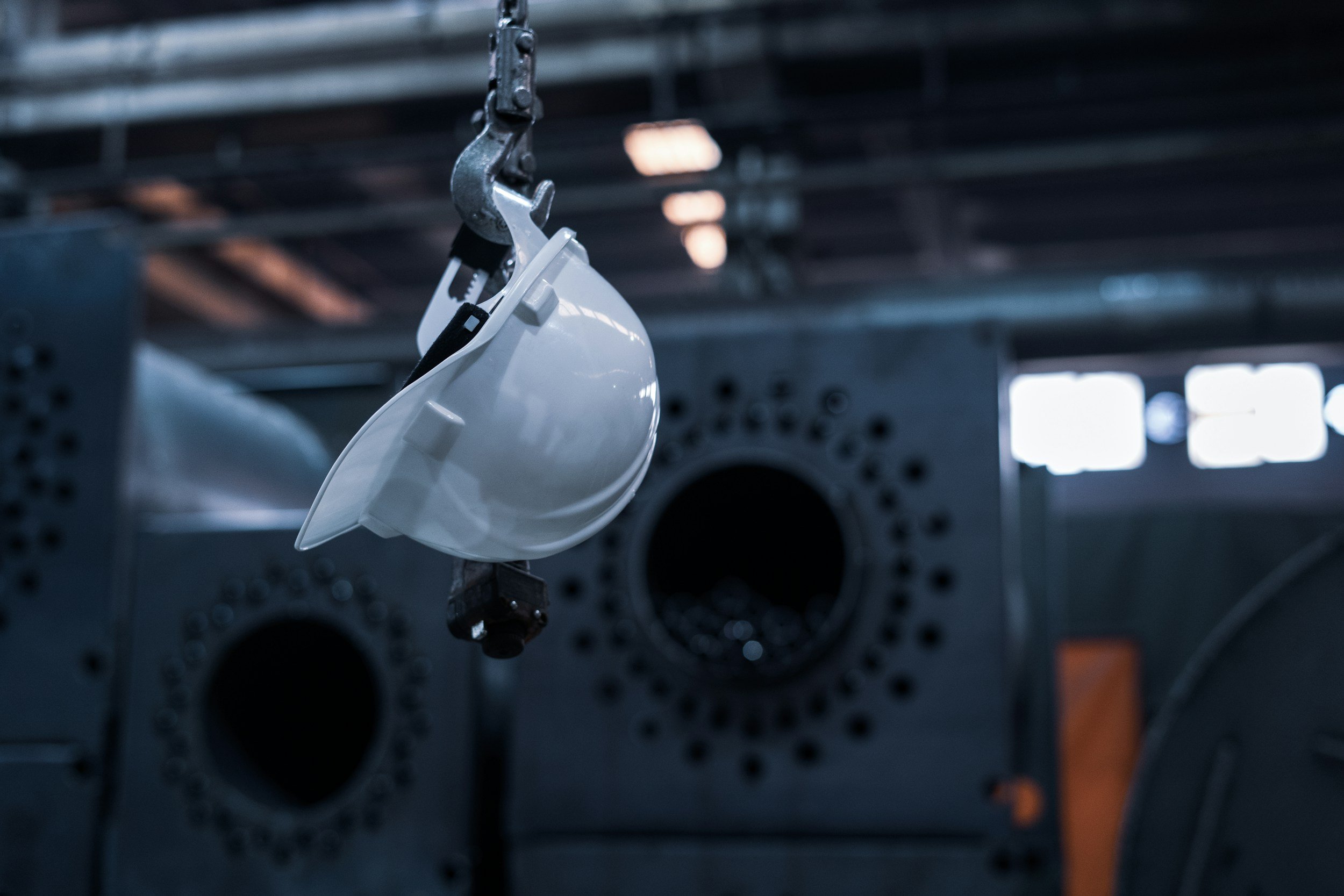
Maintenance Service
Efficiency through expert maintenance
Condition-based maintenance (CBM)
is a maintenance strategy that involves monitoring the actual condition of equipment or machinery to determine when maintenance should be performed. Unlike traditional maintenance approaches, such as time-based maintenance (where maintenance is scheduled at regular intervals regardless of the equipment's condition), CBM relies on real-time data and sensor readings to assess the health of the equipment.
Vibration Analysis
Thermography
Oil Analysis
All machinery generates vibrations during operation due to various mechanical processes, such as rotation, reciprocation, and interaction between different components. Analyzing these vibrations can reveal information about the condition of the machinery, such as misalignment, imbalance, bearing wear, or excessive friction.
Vibration analysis typically involves the use of sensors, such as accelerometers, that measure acceleration, displacement, and velocity of vibrations over time. The data collected can be in the form of time waveforms or frequency spectra
Vibration monitoing-analysis
In assessing rotating equipment, bearing is the key component subject to mechanical load. Vibration analysis in rotating equipment is vital parameter for fault diagnostic. The principal of vibration measurement is to identify problems in bearing, foundation and stationary components.
Bearing life assessment which predicts the bearing capacity of enduring before the first sign of metal fatigue (flaking, Spalling) occurs. Basic rating life refers to ISO 281 is used to determine basic rating life.
Method
1. Site measurement vibration, load on rotating equipment bearing
2. Graph modeling of vibration spectrum
3. Bearing basic rating life calculation and remaining life prediction.
Standard
ISO 20816 Mechanical Vibration
ISO 281 Rolling bearings dynamic load rating and rating life.



